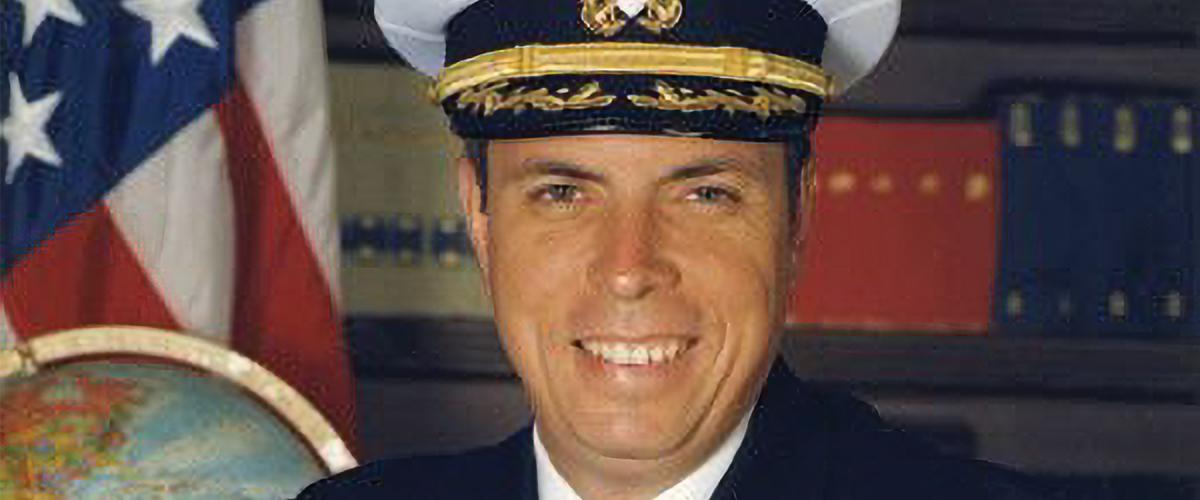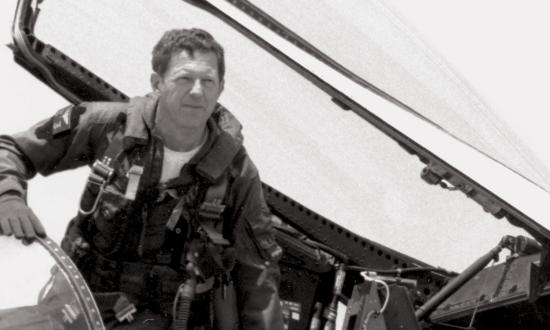The 25-foot crack began as a hairline on the main deck and grew to a six-inch gap as it climbed to the 02 level. As the ship rode each passing swell, the crack widened and then narrowed, a most disconcerting thing to see, particularly when one peered over the side and saw swarms of sea snakes undulating menacingly in the clear waters of the Persian Gulf.
The USS Samuel B. Roberts (FFG-58) was in danger of sinking after having struck an Iranian mine on 14 April 1988. She had been conducting operations as part of Operation Earnest Will, the largest naval convoy operation since World War II, that involved U.S. Navy ships serving as escorts to commercial tankers threatened during the so-called Tanker War phase of the ongoing Iran-Iraq War.
Fortunately for the crew of the Samuel B. Roberts, they had come to the Middle East with the knowledge that another frigate—the USS Stark (FFG-31)—had survived nearly a year earlier after being struck by two missiles fired by an Iraqi aircraft. That sobering event inspired the sailors of the “Sammy B” (as the ship was affectionately called) to prepare for the dangers that awaited them in the Persian Gulf. Like all professional sailors, the ship’s captain, Commander Paul X. Rinn, was a true believer in the importance of damage control (DC) preparation and training. To make certain his ship was ready for the “dangers of the sea and the violence of the enemy” as described in an old sailor’s prayer, Rinn hand-picked Lieutenant Eric Sorenson to be his damage control officer. Under the supervision of the chief engineer, Lieutenant Gordon Van Hook, Sorenson hammered home the need for preparation by ensuring the Sammy B had acquired more than the standard allocation of DC equipment and by conducting relentless drills in the months before they deployed to the Middle East.
The blast from the mine had severed the ship’s keel. Just as the spine supports the human body, the keel is the main support for a ship; in humans a severed spine often means paralysis; in ships it nearly always means sinking. Having already beaten the odds by putting out the fires and controlling the flooding that had resulted from the exploded mine, the crew now had to keep their ship from breaking in half and becoming the first Navy ship to sink in combat since the Korean War.
With Rinn’s approval, Senior Chief Boatswain’s Mate George Frost retrieved spare 3/4-inch phosphor-bronze lifelines from the boatswain’s locker, and the crew drew the cables around the base of the 76-mm gun mount, the lips of the gas-turbine access ports, and through various pad eyes on the main deck, cinching them tight with turnbuckles.
Through this and other measures the Samuel B. Roberts lived to fight another day, eventually making her way back to the United States, where she was put back together and returned to service until she was decommissioned in 2015. Her near-miraculous recovery was in no small part a result of the captain’s inspiring and calming leadership, which was a blend of his innate talents and the honing that a successful career had provided.
Rinn graduated from Marist College in Poughkeepsie, New York, and received his commission through the Reserve Officer Candidate (ROC) program in 1968. After a successful initial 17-month tour in the aging destroyer USS Sarsfield (DD-837), he made a course change away from the typical career path of surface warfare officers and, with the Vietnam War in its final year, entered a “Heart of Darkness” world that took him many miles up the Mekong River as an advisor to local forces fighting in the foreboding valley that divided Laos and Cambodia. There he worked with an eclectic group of Vietnamese, Laotian, Cambodian, and other U.S. sailors and soldiers, launching river patrols and conducting assaults on enemy enclaves.
With this combat experience in his seabag, he returned to the traditional surface world as weapons officer in the frigate USS Blakely (FF-1072), executive officer of the USS Bowen (FF-1079), and chief staff officer of Destroyer Squadron 36 before assuming command of the Sammy B.
After his command tour in the Samuel B. Roberts, Rinn later returned to sea duty as commanding officer of the USS Leyte Gulf (CG-55) and, returning to the Middle East, he successfully served as commander of the Iraqi Oil Embargo Task Force in the Red Sea and later Embargo Commander and Strike Commander in the Northern Persian Gulf. The Leyte Gulf was named the top Aegis cruiser in the Atlantic Fleet, winning the coveted Battle E award. Rinn was awarded the Navy League’s John Paul Jones Inspirational Leadership Award. He retired as a captain in 1997 and passed way in 2022.
The unlikely survival of the frigate Samuel B. Roberts is a harrowing story replete with many heroes, all of whom deserve immense admiration and credit, but it was Paul Rinn as captain who bore the ultimate responsibility and, therefore, an extra measure of credit for this shining moment when he and his intrepid crew honored the Navy tradition of “Dont Give Up the Ship” so pragmatically and so well.
Note: The fight to save the Sammy B is expertly told by Bradley Peniston in his book No Higher Honor (Naval Institute Press, 2006).








